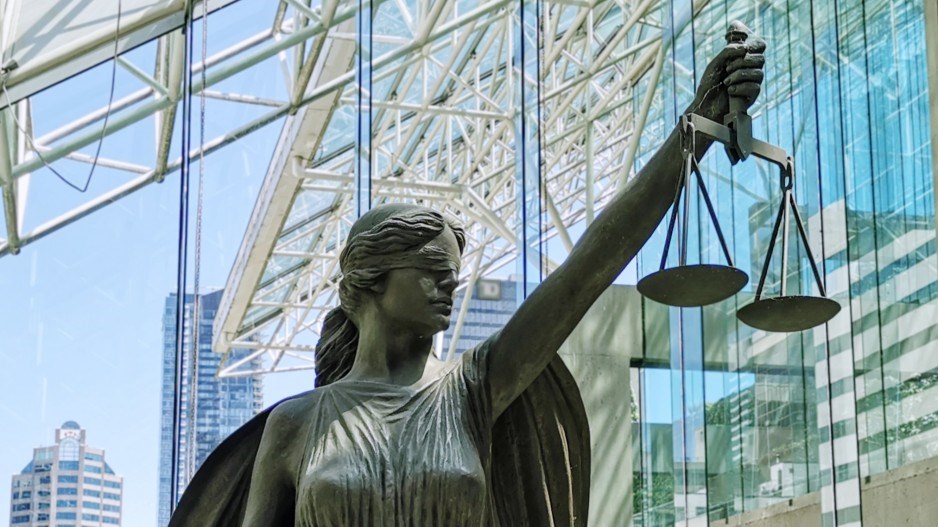One way or another, by court order or legislative process, the B.C. Mineral Tenure Act will be changed to address concerns First Nations have over the way mineral claims are granted and exploited in the province.
It’s just one of many provincial acts and statutes that will need to be amended to bring B.C. laws into conformity with the United Nations Declaration on the Rights of Indigenous Peoples (UNDRIP), through the enabling legislation of the provincial Declaration of the Rights of Indigenous Peoples Act (DRIPA).
From a First Nations perspective, a mineral title registry that allows anyone to file a claim in the traditional territory of a First Nation without their consent or knowledge violates the UNDRIP principle of “free, prior and informed consent.”
In a recent judicial review, the Gitxaala First Nation asked the B.C. Supreme Court to order that the Mineral Tenure Act be changed to require Gitxaala consent for any future claims filed in their traditional territory. Their concerns over mineral claims stem from an environmental mess left by a small gold mine on Banks Island that was shut down by the provincial government in 2015 for various permit violations.
The B.C. government would prefer to follow its own process for amending the act, rather than have the courts prescribe the changes.
“Long before the court case was launched, we had a commitment that we would be modernizing that act, as per the action plan under the Declaration Act,” Murray Rankin, minister of Indigenous Relations and Reconciliation, told BIV.
DRIPA will require provincial regulations and acts to be changed, and one of the priorities for amendment is the Mineral Tenure Act, Rankin said. Another is the Heritage Conservation Act.
Last week, the B.C. government announced $200 million in funding for First Nations to participate in the Declaration Act Action Plan to implement DRIPA. Each First Nation in B.C. is eligible to receive $260,000 a year for four years – a total of approximately $1 million – to help with the legal costs of participating in the implementation plan.
One area that could prove tricky when it comes to DRIPA and Aboriginal rights and title is sub-surface rights. Even when Aboriginal title is proven, would it include subsurface rights to minerals and oil and gas?
“There’s only one place where title’s been proven – it’s in the Tsilhqot’in,” noted Robin Junger, a partner at McMillan LLP specializing in Indigenous and environmental law. “Even then – even when title’s proven – it’s not clear who will own the minerals.”
In the case of the Nisga’a First Nation, sub-surface rights are spelled out in the Nisga’a Treaty: The Nisga’a own the sub-surface minerals rights. Otherwise, if it’s not spelled out in a treaty, it’s unclear whether Aboriginal title would include sub-surface mineral rights.
In Canada, landowners typically only own surface rights, while subsurface rights are owned by the Crown.
“No court has yet ruled on whether title includes mineral rights,” Junger said. “Even where title is proven, nobody knows for sure what it means for mineral tenure.”
And as for Aboriginal title itself, despite the fact the Supreme Court of Canada has confirmed it exists in principle, proving Aboriginal title to specific areas has proven extremely challenging – as the Nuchatlaht First Nation recently learned.
The Nuchatlaht had laid claim to 200 square-kilometres of Nootka Island. Last month, a B.C. Supreme Court judge dismissed the Nuchatlaht’s claim.
While the judge gave the Nuchatlaht the option of narrowing their claim to smaller areas and specific sites, he found overall that the Nuchatlaht had not proven Aboriginal title to the entire claimed area.
“The courts are applying the test to prove Aboriginal title strictly,” noted Tom Isaac, chair of Cassels’ Aboriginal Law Group. “It’s a very high evidentiary burden to prove title.”
“We accept that First Nations have Aboriginal title, but it still requires proof of that in some process, and the rigorous tests that the courts have promulgated must be met,” Rankin said. “There’s many complications, one of which is significant areas of overlap where different nations will claim Aboriginal title.”
As long as Aboriginal title is unsettled, there will continue to be uncertainties in B.C. with respect to Aboriginal jurisdiction, due to overlapping rights and title claims.




